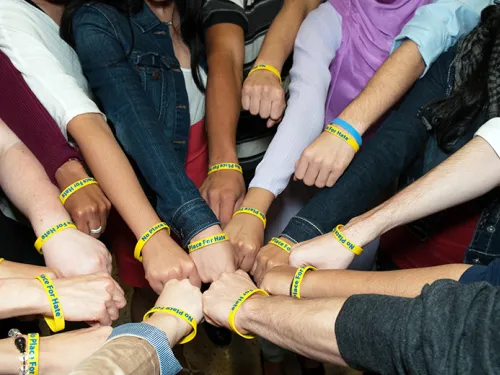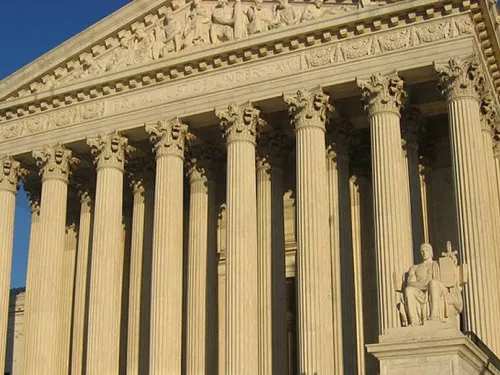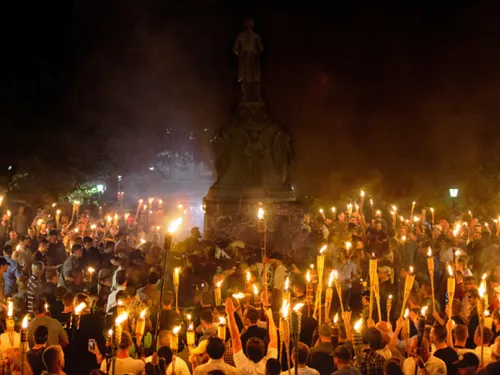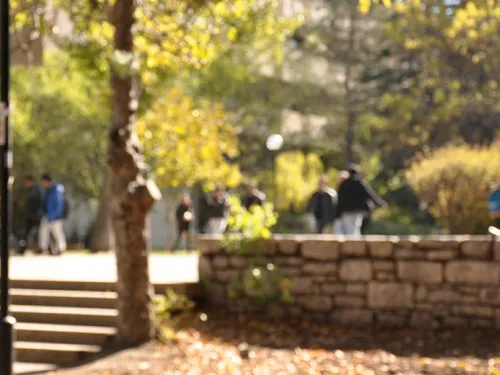In an age of disinformation and bigotry, misconceptions about immigrants and anti-immigrant hate have spread throughout American politics and society. As a result, this country has seen a concerning uptick in rhetoric, policies, and social movements that threaten to or directly harm immigrants and refugees. This resource contains information and sources that set the record straight and will hopefully help mitigate the damage caused by disinformation about immigrants. The following are…
Search Results
149 Results
Title 42 is a public health law that was invoked by the Trump Administration at the onset of the COVID-19 pandemic as a pretext to turn away asylum seekers, contrary to the expertise of public health professionals and U.S. obligations under national and international law. President Biden continued and expanded its use, long after other pandemic measures ended. In Huisha-Huisha v. Mayorkas, the D.C. Circuit Court of Appeals ruled that the Administration must end its use of Title 42 to expel…
Under the Trump Administration and continued under the Biden Administration, a public health law called Title 42 has been used against many seeking asylum and other forms of immigration relief at the U.S. border, denying them entry under the pretext of covid-19 prevention. The Biden Administration had announced that it would stop expelling migrants under Title 42 starting May 23, 2022. The plaintiff states in this case are challenging the Title 42 wind-down on Administrative Procedure Act…
New York, NY, June 30, 2022 ... ADL (the Anti-Defamation League) today welcomed the Supreme Court’s decision in Biden v. Texas, a 5-4 ruling that the Biden administration properly rescinded the Trump Administration’s Migrant Protection Protocols (MPP).
Informally known as the “Remain in Mexico” policy, under this cruel policy more than 71,000 asylum seekers arriving at the U.S./Mexico border have been forced to return to Mexico to await their U.S. asylum…
Read ADL Letters, testimony and comments sent to Congress and Federal Agencies.
Under the Trump Administration’s “Remain in Mexico” policy, also known as the Migrant Protection Protocols (MPP), most asylum seekers arriving at the U.S./Mexico border were forced to return to Mexico to await their U.S. asylum hearing. The Biden Administration attempted to terminate the program. Texas and Missouri sued to stop termination of the program. The district court entered a nationwide permanent injunction requiring the Department of Homeland Security to reinstate…
New York, NY, November 29, 2021… Members of ADL’s (the Anti-Defamation League’s) Task Force on Middle East Minorities issued a letter today calling on United States Secretary of State Antony Blinken to broaden the criteria for Priority-2 refugee admissions status to include Afghan nationals from ethnic and religious minority groups that have a well-founded fear of persecution under Taliban rule.
Vulnerable ethnic and religious groups are now in much greater peril since…
In an age of disinformation and bigotry, misconceptions about immigrants and anti-immigrant hate have spread throughout American politics and society. As a result, this country has seen a concerning uptick in rhetoric, policies, and social movements that threaten to or directly harm immigrants and refugees. This resource contains information and sources that set the record straight and will hopefully help mitigate the damage caused by disinformation about immigrants. The following are…

April 16, 2021 THE WEEK’S BIG 3
The former police officer who was recorded on camera fatally shooting Daunte Wright during a traffic stop was arrested and charged with second-degree manslaughter on Wednesday. ADL called on Fox News to remove primetime opinion host Tucker Carlson after he openly embraced a white supremacist conspiracy theory in front of millions of viewers. Arkansas Gov. Asa Hutchinson signed a watered-down hate crimes bill into law this week, one that ADL and other…
Under the “Remain in Mexico” policy, also known as the Migrant Protection Protocols (MPP), certain asylum seekers arriving at the U.S./Mexico border were forced to return to Mexico to await their U.S. asylum hearing. As of January 2021, tens of thousands of MPP asylum seekers were waiting in Mexico for their asylum hearings, which had been postponed due to the COVID-19 pandemic since March 2020 with no clear dates for when the hearings would resume. ADL joined 110 other…
New York, NY, March 17, 2021 ... In response to historic increases in anti-Chinese and anti-Asian American and Pacific Islander incidents and assaults, ADL (the Anti-Defamation League), the world’s leading anti-hate organization and Committee of 100, a non-profit U.S. leadership organization of prominent Chinese Americans, issued the following joint statement:
“We are united with all of our Asian American brothers and sisters in standing up against hate, xenophobia and violence…
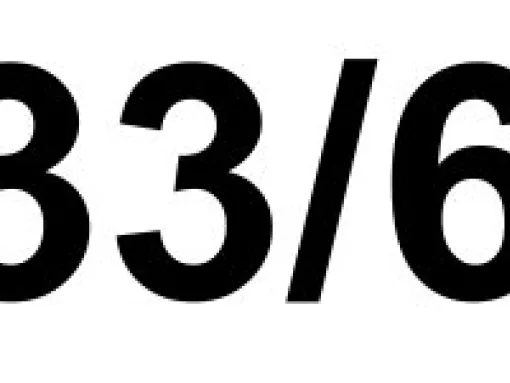
The number 33 is used by Ku Klux Klan adherents to signify the Ku Klux Klan. Since the 11th letter of the alphabet is K, three Ks signify "KKK" or the Ku Klux Klan. When using this reference, Klan members will frequently add the number 6 at the end, as in 33/6, because they think the Klan is currently in its sixth historical "era." Less commonly, some holdouts may still use the numeric code 33/5. Additional Images:

AKIA is Ku Klux Klan shorthand for "A Klansman I Am." It is related to another Klan acronym, AYAK ("Are You A Klansman?"). These are among the many acronyms developed by the Second Ku Klux Klan that emerged in 1915. Although the Second Ku Klux Klan did not survive, much of its terminology and many of its rituals did, and later Klan groups freely used them. Additional Images:

AYAK is Ku Klux Klan shorthand for "Are You A Klansman?" It is related to another Klan acronym, AKIA ("A Klansman I Am"). These are among the many acronyms developed by the Second Ku Klux Klan that emerged in 1915. Although the Second Ku Klux Klan did not survive, much of its terminology and many of its rituals did, and later Klan groups have freely used them. Additional Images:

ALTERNATE NAMES: Ku Klux Klan, MIOAKGroup Status: Active (in that there are many active Ku Klux Klan groups)
For the past century, the primary symbol related to Ku Klux Klan groups (other than Klan robes themselves) is what Klan members may call the MIOAK (an acronym for "Mystic Insignia of a Klansman"). It is more commonly referred to as the "Blood Drop" Cross. It appears as a square white cross in black outline against a circular red background. In the middle of the cross is what appears…
ALTERNATE NAMES: Ku Klux Klan, MIOAK
Read more about Blood Drop Cross
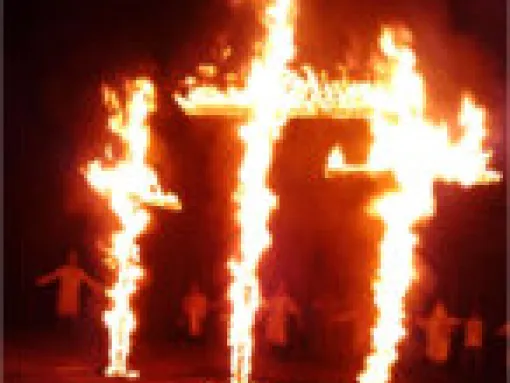
The image of the burning cross is one of the most potent hate symbols in the United States, popularized as a terror image by the Ku Klux Klan since the early 1900s. Cross-burnings (called "cross-lightings" by Ku Klux Klan groups, to make it seem as if they are not destroying a Christian cross) have long been used as a traditional symbol by Klan groups, used both in Klan rituals as well as in attempts to intimidate and terrorize victims of Klan groups. So widely associated with racial…

ALTERNATE NAMES: For God, Race and NationFGRN is a Ku Klux Klan acronym for "For God, Race and Nation," a common Klan slogan. It is one of a number of slogans, codes and rituals created by the Second Ku Klux Klan in the early 20th century. That Klan did not survive, but many of its codes and rituals were adopted by later Klan groups. In acronym form, the slogan is used primarily as a Klan identifier, typically appended at the end of on-line messages and postings. Additional Images:
ALTERNATE NAMES: For God, Race and Nation
Read more about FGRN
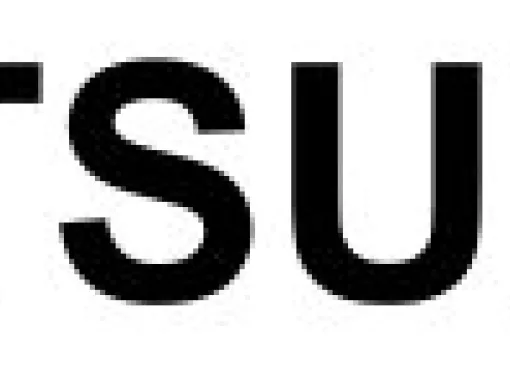
ITSUB is a Ku Klux Klan acronym for "In The Sacred Unfailing Being," a reference to God. It is one of many Klan acronyms created by the Second Ku Klux Klan that emerged in 1915. That Klan did not survive, but subsequent Ku Klux Klan groups continued many of its rituals and codes. Today, ITSUB has no real meaning or particular purpose and is typically used by Klan group members in on-line messages or posts solely as a way to identify themselves with the Ku Klux Klan. This has been the fate of a…

KABARK is a Ku Klux Klan acronym for "Konstantly Applied By All Regular Klansmen." It is one of many acronyms and codes developed by the Second Ku Klux Klan in the early 20th century. The Second Ku Klux Klan did not survive, but later Klan groups continued many of its codes and rituals. Today, KABARK is essentially meaningless and only used as a "sign off" in on-line messages by Klan group members, along with several other similar archaic acronyms. Additional Images:

KIGY is Ku Klux Klan shorthand for "Klansman I Greet You." It is one of many acronyms developed by the Second Ku Klux Klan that emerged in 1915. Although the Second Ku Klux Klan did not survive, much of its terminology and many of its rituals did, and later Klan groups freely used them. Additional Images:
